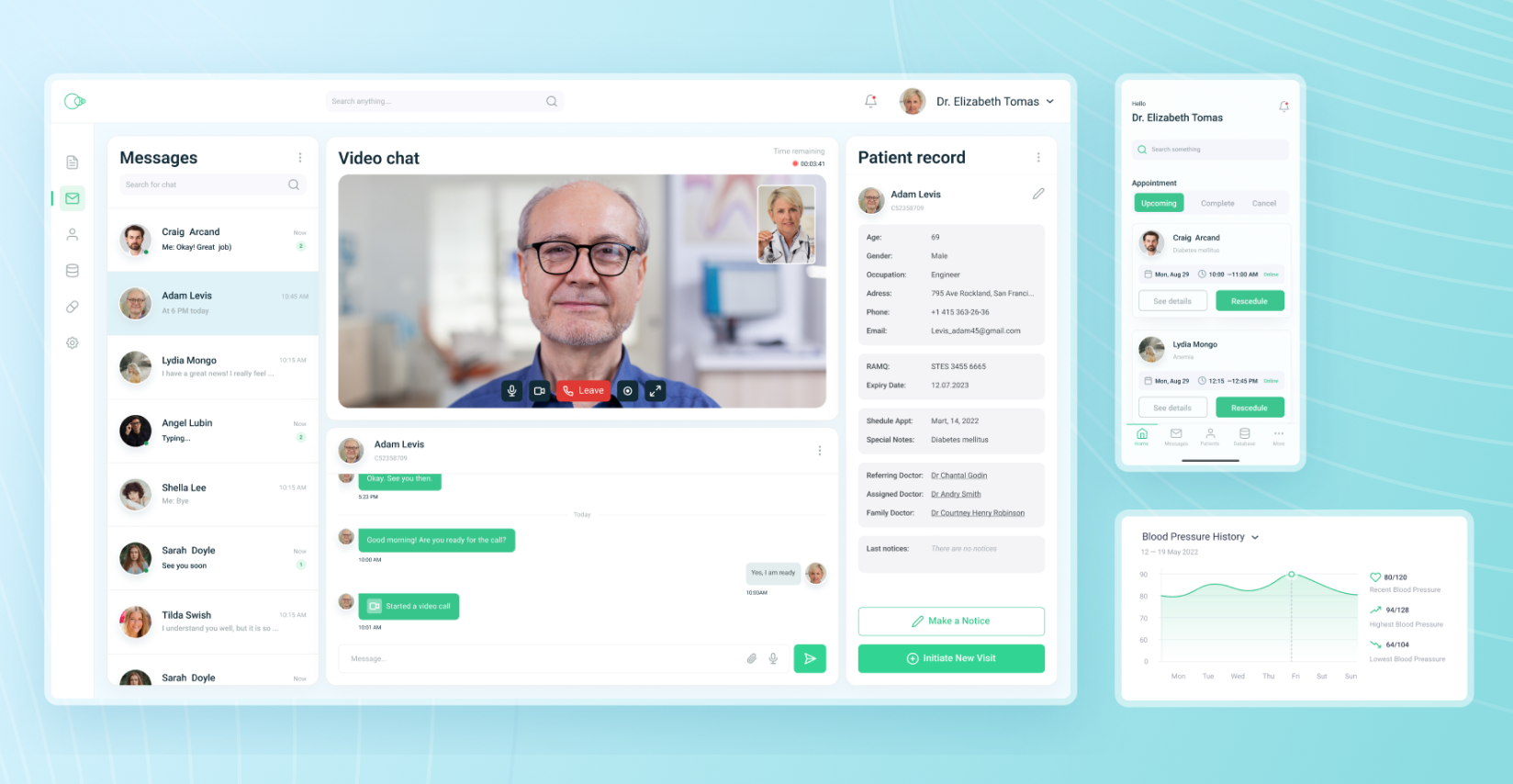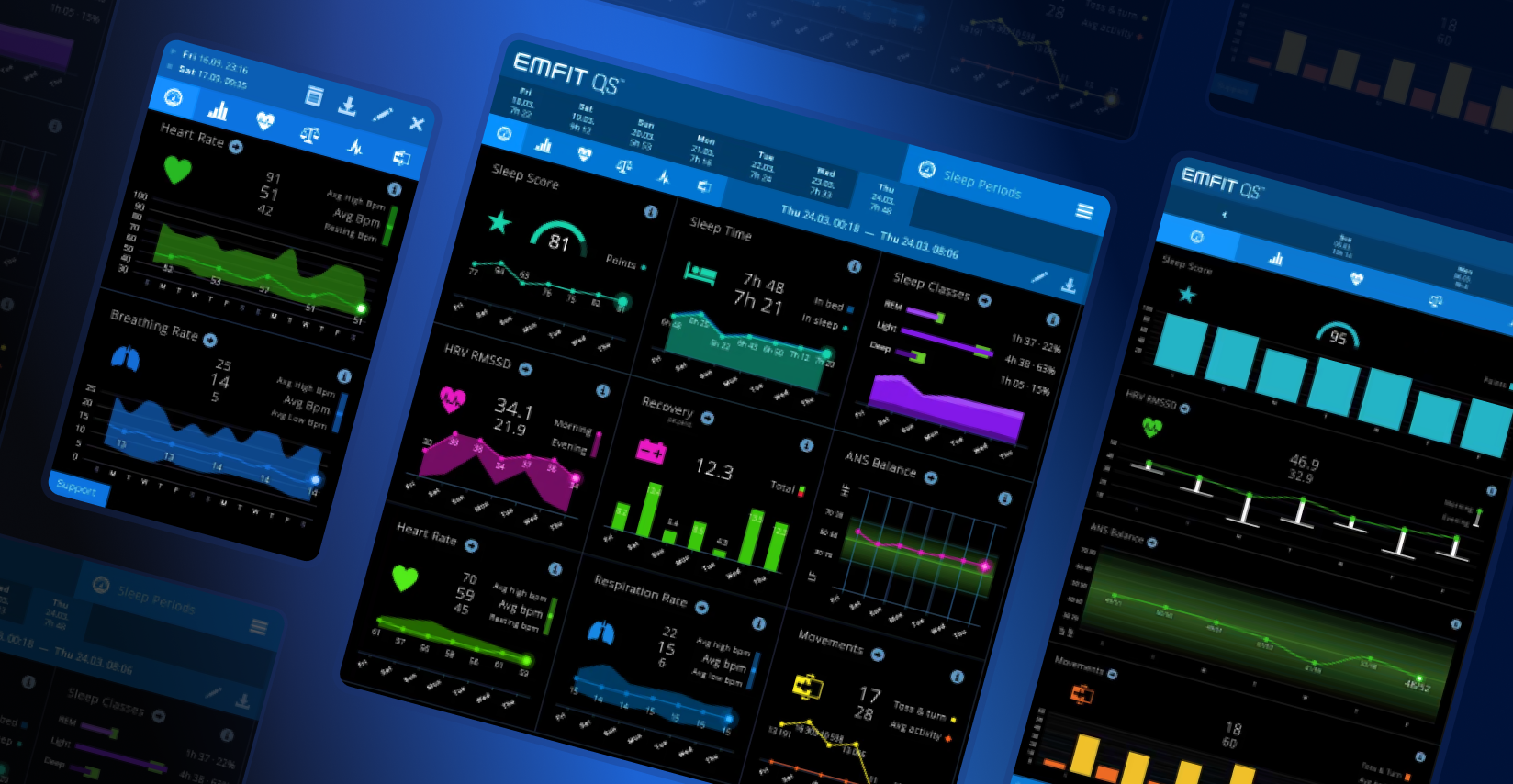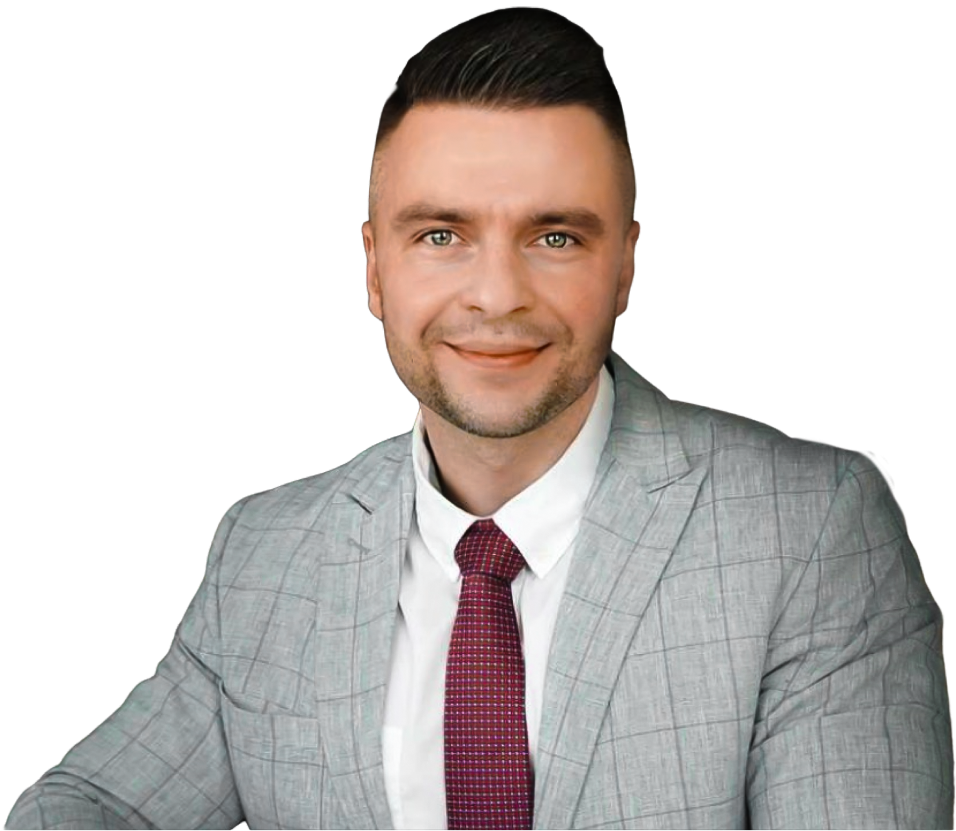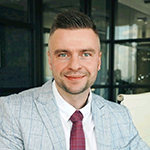Remote patient monitoring services are a growing industry. In both developed and developing countries, populations are aging. Various chronic and other health conditions are on the rise. As a result, there will be more and more patients requiring constant monitoring, timely assistance, home support, and remote health data-based consultation. It is no surprise that the demand for remote patient monitoring solutions is obvious. Today, we will discuss the current situation in the market, typical challenges remote patient monitoring providers face, the peculiarities of RPM implementation, and Andersen’s offerings in this respect.
Advantages of remote patient monitoring
As the Encyclopedia of Health Economics defines it, any remote patient monitoring system is based on technologies capable of recording patients’ ‘biometric data’ and sending it to a ‘central monitoring facility’ for further interpretation. As such, the entire remote therapy monitoring segment can be viewed as a sub-branch of a bigger telehealth industry.
It has already been mentioned above, that the market for remote patient monitoring systems is a very dynamic one. Back in 2021, this segment was valued at $1.9 billion. In the future, around 2031, it is expected to hit $8.5 billion. Both private and state-run healthcare providers and institutions are pouring money into it, and not without reason. As the US-based Consumer Technology Association reported in 2019, at that moment, almost 90% of healthcare providers either had already invested in or were considering investing in remote patient monitoring software and hardware. They were doing so because of an entire range of advantages.
From doctors’ perspectives, the most obvious benefits include:
- Better patient outcomes in 49% of cases. This is totally understandable, as the more reliable data medical professionals can obtain, the better decisions they make.
- Higher compliance rates in 44% of cases. As long as patients are aware of the fact they are constantly monitored, they will be more likely to follow doctors’ prescriptions.
- With a remote patient monitoring system functioning in their homes, patients are also more likely to take their health issues seriously. Indeed, ‘increased ownership over their health’ was reported in 42% of cases.
When it comes to patients, they highlight the following benefits:
- First, they are glad to have an opportunity to obtain detailed info concerning personalized medical care (43%).
- Second, they point out that they enjoy ‘faster access to health care services’ (42%).
- Finally, with the potential of the RPM systems unleashed, they feel they can exercise more control ‘over their own well-being’ (37%).
Challenges of remote patient monitoring
While enjoying the benefits brought about by remote patient monitoring systems, providers also need to cope with some vital challenges to put such systems in action. Experts point out the following ones:
-
When it comes to wearables, any progress can be hindered by the issue of battery life. All the recent advances notwithstanding, energy is always limited, even though it might take a device longer to run out of juice. That is why any software for these devices should be prepared to effectively use such functions as ‘standby, sleep, power save, hibernate and shutdown,’ with no loss of background efficiency.
-
Data safety is another obvious challenge. Any personal data must be protected. Sensitive data must be safeguarded even to a greater extent. As for medical secrecy, it is the top priority for any data protection framework. To deal with this challenge, remote patient monitoring software development should be entrusted to HIPAA-compliant, PIPEDA-compliant, and GDPR-compliant custom software development vendors.
-
Safe, seamless, and flawless integration with external cloud data vendors. As MachineDesign’s experts stress, ‘uploading patient data directly to the cloud can save space.’ Collaborating with certified cloud experts helps customers prevent risks in this context.
Types of remote patient monitoring solutions
As mentioned above, more and more people use remote patient monitoring devices. For instance, according to Insider Intelligence, back in 2020, 29 million people used them in the US. In 2025, there are expected to be over 70 million. As one might guess it is not only because there are more potential aging or unhealthy users of the existing types. Not only is it because the existing types are becoming cheaper and more affordable, it is also because newer types emerge all the time.
For example, the USA’s telehealth.hhs.gov mentions that the following types of RPM devices are in great demand:
-
Weighing scales to measure body mass, which is important in light of the obesity pandemic;
-
Pulse oximeters to measure pulse rates and blood oxygen saturation levels, which is extremely important against the background of the ongoing COVID pandemic;
-
Blood glucose meters to track and manage blood sugar, a matter of life and death for many diabetics;
-
Blood pressure monitors, which are an invaluable aid for the elderly and other vulnerable patients;
-
Apnea monitors to assess the breathing and heart rates of babies after they leave the hospital;
-
Heart monitors to monitor the condition of heart patients so that the necessary measures can be taken;
-
Specialized monitors for dementia and Parkinson’s disease, needed to provide assistance for mental patients;
-
Breathing apparatuses providing breathable air for patients;
-
Fetal monitors required to track the growth of fetuses for health development and successful delivery.
Essential components of remote patient monitoring software
From a scientific point of view, any remote patient monitoring system includes the following elements:
-
First, a data acquisition system is needed. This has various ‘sensors or devices with embedded sensors’ capable of transmitting data wirelessly. They track and record data and continuously send it.
-
As for the data processing part, it can be defined as a ‘system with data receiving and transmitting capability and a processing unit.’
-
On top of that, end-terminals are used by medical professionals. In this capacity, doctors can use PCs installed at their hospital, smartphones, tablets, or any other dedicated devices and databases.
-
Finally, the communication network is responsible for uniting all these elements within a single framework that extracts, processes, and sends data to medical professionals for analysis and interpretation.
In addition to that it is worth mentioning that, quite often, simple and easily manageable mobile apps are developed for patients’ convenience, so that they can see their data as well and track the status of their devices.
Peculiarities of RPM implementation
Healthcare is a sensitive area, with each aspect protected and guided by the law and protocols. Thus, implementing any RPM development and deployment initiative is associated with countless specific challenges. Below are three of them.
First, integration with your in-house EMR/EHR solutions is important. The remote patient monitoring software you are about to start using should be totally compatible with the solution used to store the historic data of your patients, which must be stored almost indefinitely and in full compliance with the applicable legislation.
Second, special requirements concerning intuitiveness and user-friendliness also matter. Many patients using RPMs are elderly and are unaccustomed to modern technologies. In addition, it is not uncommon for a remote patient to be mentally incapacitated, to some extent, temporarily or permanently. Thus, the software and hardware your patient will use needs to be notable for even greater simplicity and controllability.
Finally, integration with billing solutions should also be ensured. When it comes to remote patients, billing and payment issues should also be taken into consideration. Namely, healthcare providers need to implement or have in place a system to notify patients about payments and updates, bill them, generate documentation, and store it.
RPM app use cases from Andersen
No matter how challenging a remote patient monitoring software development project is, Andersen's team of professional engineers and business experts is in the right position to implement it. Let the following remote patient monitoring use cases speak for themselves:
- Andersen built an advanced electronic health record system for home care, hospice and skilled nursing providers, operating in the US. The key to this EHR is its seamless integration with ‘patients' wearable monitoring devices’ and its ability to ‘provide for better visibility and control of treatment and rehabilitation.’

- During the first stage of the COVID pandemic, Andersen's team helped a company from California obtain an innovative telehealth solution. With it, all the typical clinic workflow processes can be covered, together with new communication channels between doctors and patients.

- Andersen's team engineered an IoT health-monitoring solution to update nurses about their patients' conditions. The solution functions on a ballistocardiography basis, recording and visualizing that data, and can inform hospital staff in case of emergency.

Summing up
To sum up, remote patient monitoring software is now and will stay a growing business. On the one hand, the aging population rates, risk of pandemics, and prevalence of such conditions as obesity and diabetes are on the rise. On the other hand, wearables and RPM technologies in general, both existing and new ones, are becoming more affordable, which also expands the target audience. Thus, to keep abreast of these developments, healthcare providers should join this trend. The best step to take in this respect is to reach out to a reliable healthcare software provider with a proven track record, such as Andersen. Contact us to start discussing your remote patient monitoring system project ASAP.
Our expert is ready to help you with complex processes. Schedule a free consultation.

Book a free IT consultation
What happens next?
An expert contacts you after having analyzed your requirements;
If needed, we sign an NDA to ensure the highest privacy level;
We submit a comprehensive project proposal with estimates, timelines, CVs, etc.
Customers who trust us



